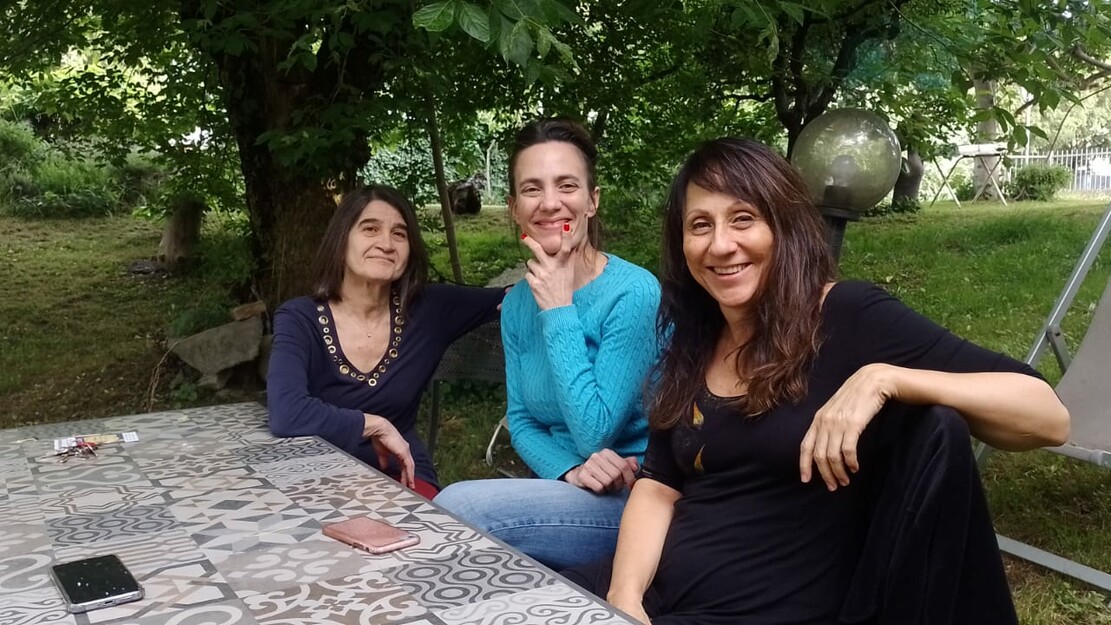Bellezza Fuori Porta - Dolce Seicento
25 October Italy / Ravenna, Castiglione
There is one aspect that links the musical situation in London to that of the great Italian cities in the 17th century, namely the emergence of the “concept of audience”.
The first opera house opened its doors in Venice, while the first regular public concerts for which admission was charged appeared in London. Music became an event intended for an audience in the strict sense of the word, a gathering of spectators and listeners.
On the other hand, musical life in 17th-century Europe became increasingly open to ‘publicity’, extending to a multitude of forms of collective musical consumption. As never before, music was played in European cities and courts, at festivals, tournaments, processions, ballets, etc. Music was a source of celebration and prestige, a sonic symbol of an institution, collective entertainment for a city, acoustic decoration for a ceremony, an instrument of worship, a demonstrative allegory of power. Widespread forms of domestic instrumental amateurism also appeared, fuelling the great expansion of publishing. This was a period when solo and ensemble instrumental music “drove” the private consumer market. Conscious and competent listening was reserved for an elite. The circularity between musical production and consumption implicit in the poetics and vocal polyphony of the 16th century was lost, with music taking on a public role assumed by musical performance.
On the other hand, musical life in 17th-century Europe became increasingly open to ‘publicity’, extending to a multitude of forms of collective musical consumption. As never before, music was played in European cities and courts, at festivals, tournaments, processions, ballets, etc. Music was a source of celebration and prestige, a sonic symbol of an institution, collective entertainment for a city, acoustic decoration for a ceremony, an instrument of worship, a demonstrative allegory of power. Widespread forms of domestic instrumental amateurism also appeared, fuelling the great expansion of publishing. This was a period when solo and ensemble instrumental music “drove” the private consumer market. Conscious and competent listening was reserved for an elite. The circularity between musical production and consumption implicit in the poetics and vocal polyphony of the 16th century was lost, with music taking on a public role assumed by musical performance.


